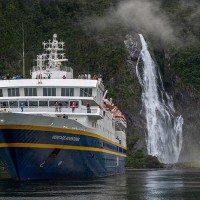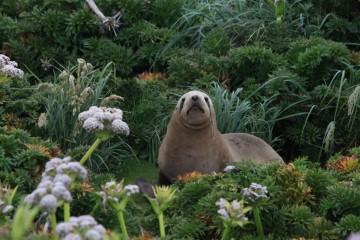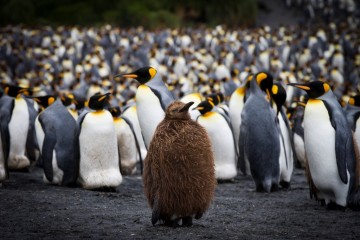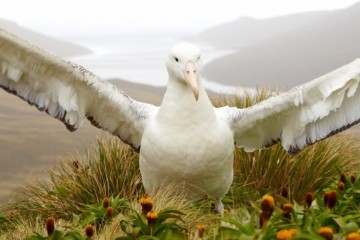Birding Down Under: Subantarctic & Chatham Islands
Tour Overview
An epic exploration of the sub Antarctic islands of New Zealand and Australia for nature and wildlife lovers; this 17 day voyage will be a true birders delight. Likewise for those that want to get off the beaten track and explore remote islands of the world where few have journeyed before.
Departing from Port of Bluff, New Zealand, journey onboard the Heritage Adventurer, a fully equipped and ice-strengthened ship crewed by some of the most experienced officers and sailors in the world and staffed by a passionate and knowledgeable expedition team.
We explore all of these islands: Snares, Bounty, Antipodes, Auckland, Campbell, Macquarie and the Chathams! The only trip to include them all. This is albatross terrain, with 10 of the worlds albatross species, and home to endemic flora and fauna including the endemic Snares Crested Penguin, the rare New Zealand (Hooker’s) Sea Lion, Antipodes Island and Reischek’s Parakeet and the royal penguin.
This expedition only happens once per year, join this unique voyage for a unique experience.
Viva's Best Bits...
"If you like off the beaten track, then this adventure is for you! A rare opportunity to visit all of the these amazing sub antarctic islands: Snares, Bounty, Antipodes, Auckland, Campbell, Macquarie & Chatham's" Tara, Team Viva
Love penguins? This expeditions cruise offers you the chance to see some rare species including; King, Royal, Erect Crested, Rockhopper, Gentoo & Snares penguins
Enjoy a wildlife paradise, with few or no people and the opportunity to see endemic flora and fauna. People interested in islands and island ecology, botany, geology and an increasing number of photographers have enjoyed this trip immensely.



